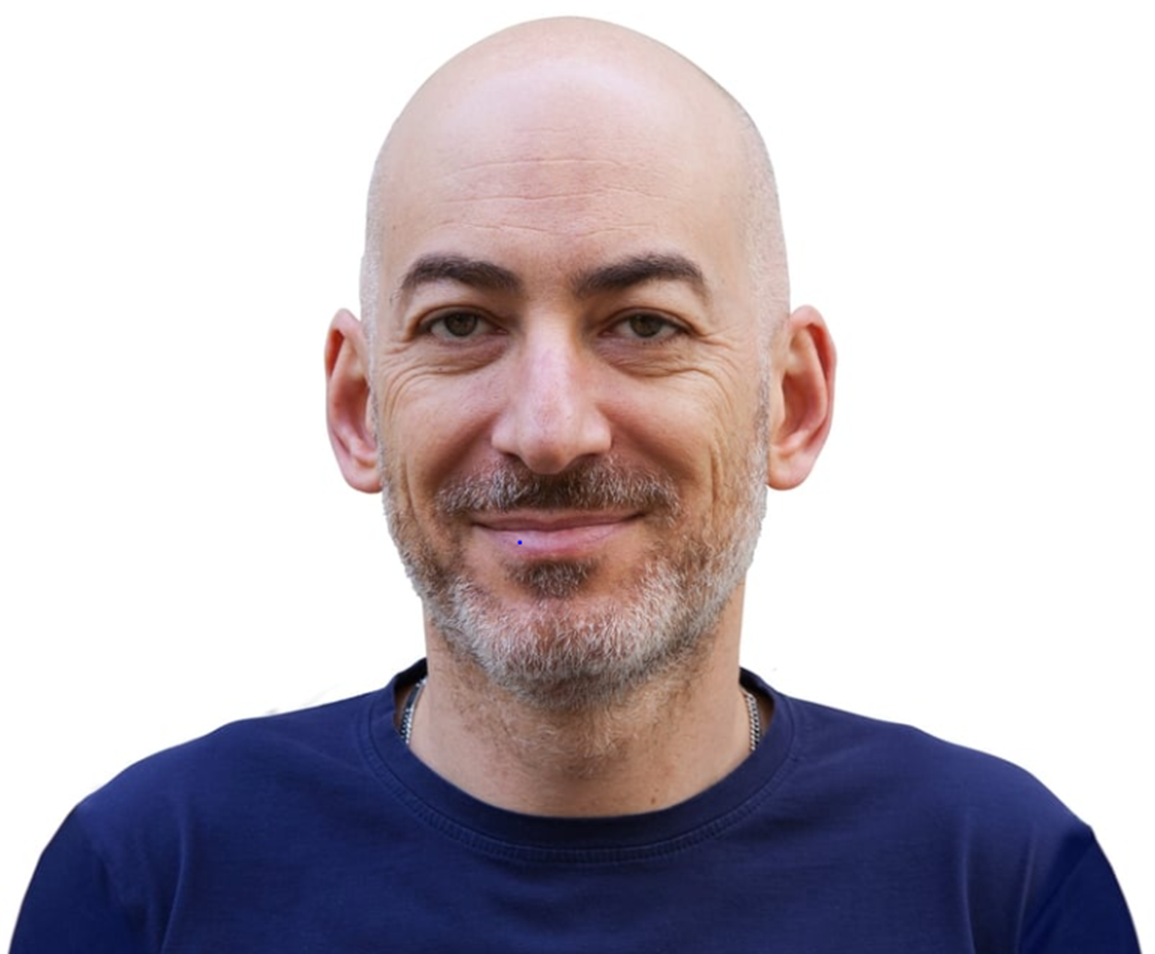
 The ink isn’t dry on SECURE 2.0, but it isn’t preventing high-profile behavioral economist Shlomo Benartzi, Ph.D., from looking ahead to what’s next. It’s what he does.
The ink isn’t dry on SECURE 2.0, but it isn’t preventing high-profile behavioral economist Shlomo Benartzi, Ph.D., from looking ahead to what’s next. It’s what he does.
“While Secure 2.0 actually made great progress, I’m thinking about what should be in Secure 3.0,” Benartzi, Distinguished Senior Fellow at the Wharton Behavior Change for Good Initiative, said. “Something that’s missing is a closer tie between the science and the public policy.”
Savings Rate
For example, he noted a default savings rate of 7% works much better than 3% — so why does the legislation set it at 3% instead of 7%? The most common answer in a survey he conducted of plan sponsors and professionals was a minimum default rate of 6%.
Automatic Enrollment
Benartzi’s second point dealt with automatic enrollment — and precisely when it’s appropriate.
“Do we want to automatically enroll a single parent with three kids, five grandkids, and seven maxed-out credit cards?” he rhetorically asked. “The answer is probably no. This idea of personalized (or a smart) default is completely missing from Secure 2.0. That would have been fine if done back in the 1990s, but given the ability to analyze the data and have insight, we don’t have to be an Amazon, Google, or Netflix, but we should go in that direction.”
Some participants could automatically enroll at 10%, others at 6%, and still others at zero; start smaller and increase the percentage as they go.
“I think there’s a segment of the population that should be saving less today and even more tomorrow,” Benartzi said. “There are those who struggle to manage their debt, so a smarter default is my second point.”
A Holistic Perspective
His third and last point dealt with the flexibility inherent in SECURE 2.0. coupled with a more holistic perspective of a participant’s financial situation, something he called “spectacular.”
Noting the eventual required minimum distribution (RMD) increase to age 75 — instead of ages 70½ and 72 — as well as emergency saving accounts, he warned of information and choice overload. Which raises the question of who’s going to help employees consider how to set up the amount that goes into (1) emergency savings and (2) retirement savings.
One of the questions they consider, he said, is, “Do I first contribute to the 401(k), or do I first pay off my student debt because my employer can match both?” He continued, “What’s missing is an endorsement to focus on holistic financial guidance … I’m not talking about financial wellness, which is throwing a lot of information at them, and hoping that they know what to do about it. I’m talking about actually automating, in a sense, advice and guidance.”
The Bottom Line
“We’ve learned a lot about what’s missing in the public policy, whether it is where to start automatic enrollment, how fast to escalate, etc.,” he added. “We know how often to escalate and that it doesn’t have to be annual. So, a lot of details we know are missing in Secure 2.0, and I hope they’ll be in Secure 3.0. That’s the first point.”
- Log in to post comments
